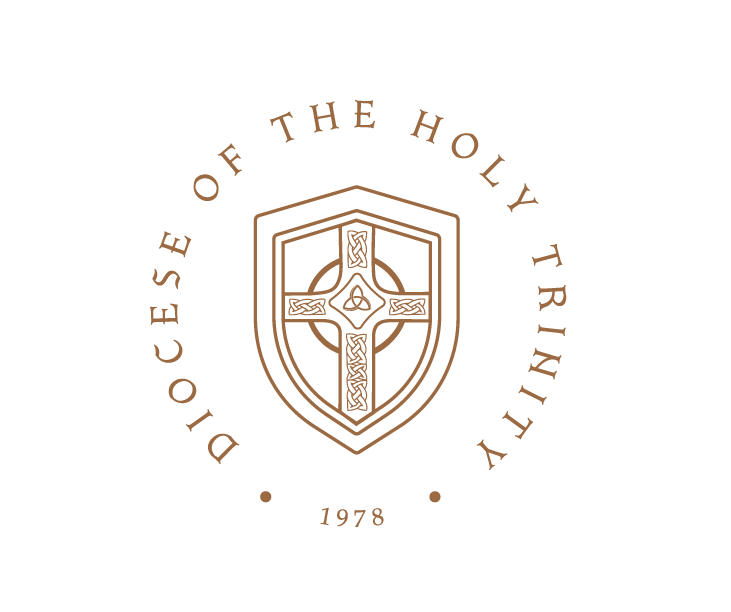Seeing the Risen Christ
The resurrection appearances of Jesus are strange. Those who knew Jesus best did not recognize him. The appearance of Jesus to Mary Magdalene in John 20:14-18 follows the pattern of non-recognition.
She turned around and saw Jesus standing there, and did not know that it was Jesus. Jesus said to her, “Woman, why are you weeping? Whom are you seeking?” She, supposing Him to be the gardener, said to Him, “Sir, if You have carried Him away, tell me where You have laid Him, and I will take Him away.” Jesus said to her, “Mary!” She turned and said to Him, “Rabboni!” (which is to say, Teacher).
Mary went to the tomb on Easter morning and discovered that the body of Jesus was not in the tomb. She had grief on two levels; the enduring grief of his death and the new grief that someone had stolen and dishonored his body, thus robbing her of the opportunity to perform one last act of worship. Mary’s understanding of what she saw and her grief made sense on a natural level.
Jesus revealed himself to Mary by speaking her name. This calls to mind the words of Jesus earlier in John’s Gospel: “The sheep hear his voice; and he calls his own sheep by name and leads them out . . . and the sheep follow him, for they know his voice” (Jn. 10:3-4). Revelation is a common theme of the resurrection appearances. No one “sees” the Risen Christ until he reveals himself to them. Without a revelation, people remain blind. In John 6:44 Jesus said, “No one can come to Me unless the Father who sent Me draws him; and I will raise him up at the last day.”
The appearance of Jesus to Mary Magdalene teaches us lessons about seeing the Risen Christ. Mary had a natural explanation for what had happened: The disciples thought Jesus would save Israel but he got killed; now they were reduced to pious mourners. Those of us who believe in the Risen Christ do not always see him. We have our own natural explanations for the disconcerting and chaotic events we see in our lives and in the world. We expect certain things from God. We are anxious, fearful, confused, and grieved when he doesn’t act like we expect. We are often reduced to pious mourners, complaining about the sad state of the world and the apparent defeat of God.
But Jesus rose on Easter as the Lord of the world, having conquered death itself. The central message of the Gospel is that Jesus is Lord. He is in control of everything. He was in complete control as he hung dying on the Cross—even though it made no sense to his followers. Jesus said, “No one takes [my life] from Me, but I lay it down of Myself. I have power to lay it down, and I have power to take it again” (Jn. 10:18). When Pilate told Jesus he had the power to put him to death, Jesus said, “You could have no power at all against Me unless it had been given you from above” (Jn. 19:10-11).
The power of God exercised on the Cross was the power to use ignominious death as the gateway to the resurrection and the New Creation. This provides the foundational pattern for the Christian life. We die and rise with Christ in baptism through faith (Rom. 6:2-4, Col.2:12). The baptismal gift of the Holy Spirit brings our lives into the narrative of his life. The power of God is demonstrated in our lives in the way God uses our own ignominious circumstances as the gateway to our experience of the power of his resurrection. St. Paul explains the narrative of the cross and resurrection this way:
We have this treasure in earthen vessels, that the excellence of the power may be of God and not of us. We are hard pressed on every side, yet not crushed; we are perplexed, but not in despair; persecuted, but not forsaken; struck down, but not destroyed—always carrying about in the body the dying of the Lord Jesus, that the life of Jesus also may be manifested in our body (2 Cor. 4:7-10).
Sometimes we don’t see the Risen Christ or experience the power of his resurrection because we are fixated on our own natural explanations of what is happening. Faith is often viewed as a flight from pain and death rather than as the experience of the power of the resurrection in both pain and death. There is a natural human tendency to run from pain. This tendency is exacerbated in a consumer culture. Faith is often viewed as a product that will make me more comfortable.
Consequently, we develop natural explanations for our disappointments. These natural explanation blind us to what Jesus the Risen Lord is actually doing. As Romans 8:28 says, “All things work together for good to those who love God, to those who are the called according to His purpose.” God works in all things, not some things. What he is actually doing is much better than what we want or expect. As Ephesians 3:20 says, God “is able to do exceedingly abundantly above all that we ask or think, according to the power that works in us.”
Like Magdalene, we may be looking directly at Christ, but we may not see him because his presence does not fit into our current story. Seeing the Risen Christ means changing our perspective. Rather than evaluating God’s work in the world and our lives based on our limited perspective and expectations, we must pray for a new gift of sight to see what Jesus Christ, the world’s True and Risen Lord is actually doing. For the Risen Christ can only be seen by revelation given to those who have eyes of faith to see.

